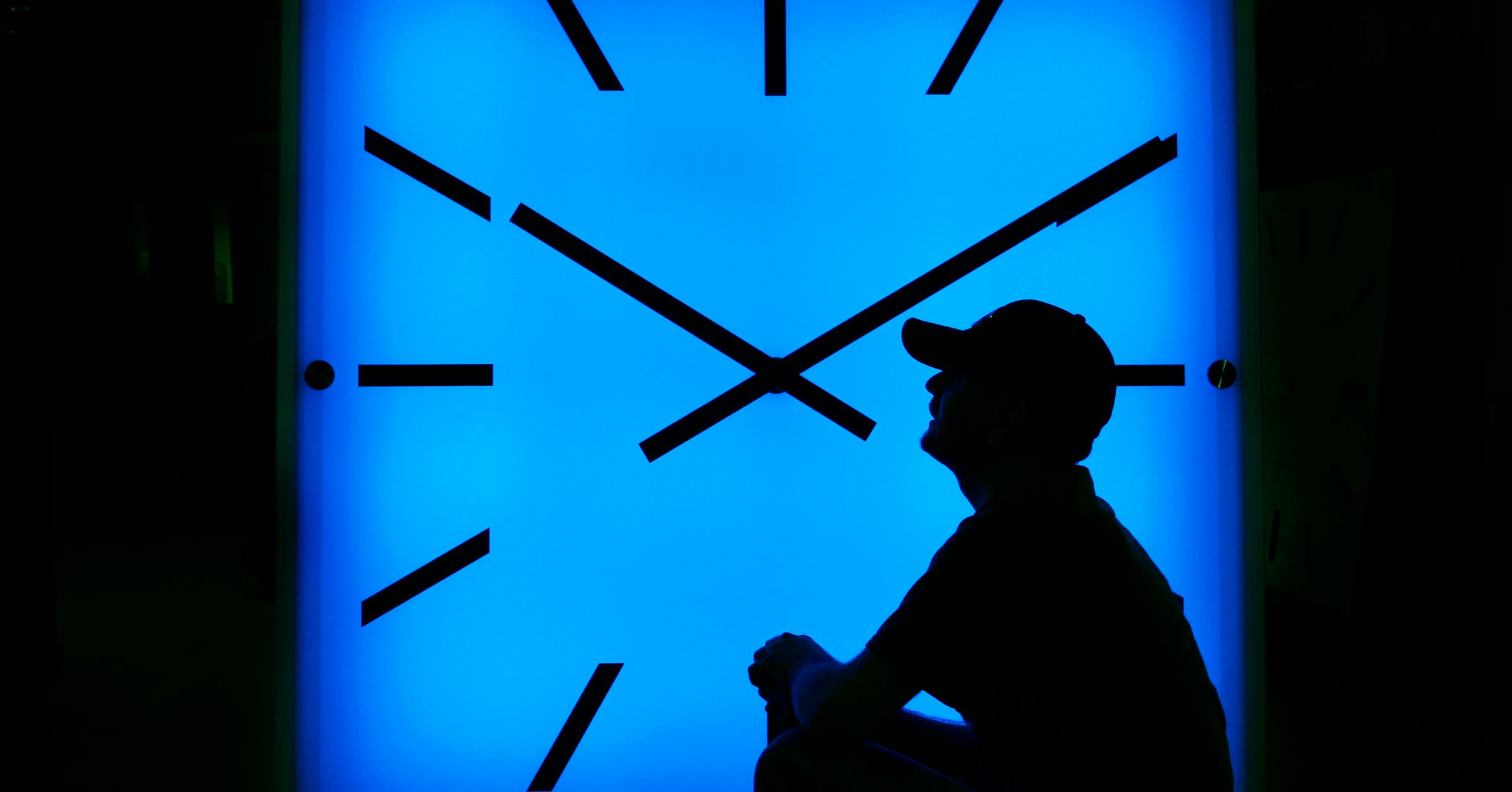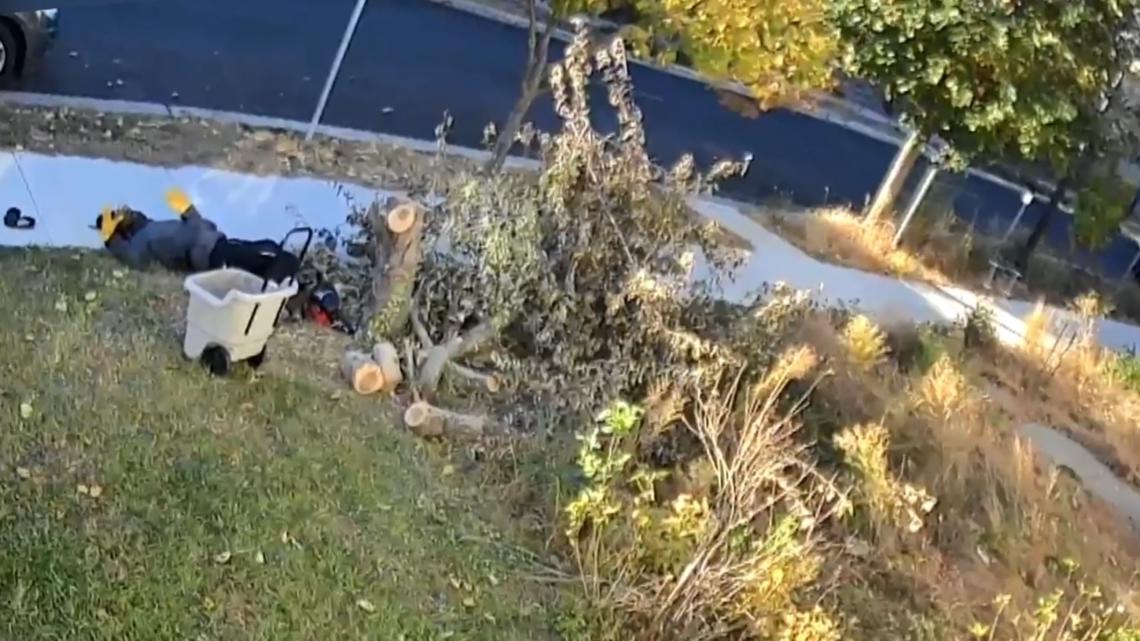Star Tribune
Vice president makes historic trip to Minnesota Planned Parenthood

People come to Minnesota these days in search of rights other states have taken away.
On Thursday, Vice President Kamala Harris came to Minnesota to visit an abortion clinic.
Not something you can do in every state. Not anymore.
One by one, everyday rights we took for granted are being stripped or attacked. Don’t want to get pregnant? Some states imposed abortion bans so sweeping they rule out entire categories of birth control as well. Do want to get pregnant? Hope you don’t live in Alabama.
Families are migrating to Minnesota in search of schools with unbanned books and legislatures that don’t want to be the arbiters of which bathroom their child can use and which medical care they deserve to receive. Minnesota passed a transgender refuge law last year. Refuge from politicians who think the opposite of “woke” is cruelty.
So the vice president did what few politicians do these days. She visited an abortion clinic. She listened.
Maybe she met someone like the young woman I met a few years ago. She sat in the recovery room at Whole Women’s Health in Minneapolis and talked about her abortion. She talked about her three school-aged children, waiting at home. She talked about the upcoming exams that would bring her that much closer to a nursing degree.
The vice president’s visit to Planned Parenthood in St. Paul is a historic first. The facility provides abortions, as well as contraception and education. No American president or vice president has ever been known to set foot in an abortion clinic. Wild, considering how much time America’s politicians spend legislating about the topic.
One out of every four Americans who can get pregnant will have an abortion by the time they turn 45, according to estimates by the Guttmacher Institute. It used to be one out of every three, but states made access punishingly difficult even before the bans.
South Dakota’s lone abortion provider used to have to fly in from Minnesota, before the Dakotas banned abortion outright. Now, you can’t get an abortion in South Dakota. But don’t look to state lawmakers if your children are hungry. South Dakota was one of 15 states that opted out of federal funding for summer nutritional funding for children.
Star Tribune
This Rochester MN school police officer used to be a narcotics cop
Some take him up on it and fret when he’s not around.
“It is nice to be missed and be part of the school’s culture,” Arzola said. But mostly, he added, he wants kids to know that police aren’t around just for when the bad stuff happens. He’ll hand out his stickers and bracelets, even a trading card bearing his image. Then, they’ll talk about dogs and family.
School resource officer Al Arzola talks to students in his office at John Adams Middle School in Rochester on Oct. 11. (Leila Navidi/The Minnesota Star Tribune)
Two months ago, Rochester played host to a three-day training session for new SROs from across the state — an event organized by the Minnesota School Safety Center. On the final day, the 26 officers learned about surveillance challenges at the other school where Arzola works: Dakota Middle School.
It is a beautiful building with a scenic view. There is a lot of glass, too. Arzola, handling the role of instructor and tour guide, took the group outside and noted how one could look straight through the entrance to the large groups that gather inside. There were no curbs in front, either.
“There is nothing stopping any vehicle whatsoever from going through my front doors,” Arzola told the officers. “Law enforcement wasn’t talked to before this building was made. It was kind of like, ‘Here it is. You’re the SRO. Do what you do.’”
He showed them his office, too, which is separate from the main office and near those of other school support staff members. That makes sense, said Jenny Larrive, SRO coordinator for the Minnesota School Safety Center, given than SROs spend more time connecting with youth than on actual law enforcement.
Star Tribune
How Minnesota is recruiting poll workers in a divisive presidential election

“The basic rule in Minnesota is you cannot preemptively post law enforcement at a polling place,” he said. “A city can’t say, ‘Wow, Precinct Two, there’s a lot of intensity there, let’s just put a cop at the door.’”
Simon doesn’t go deep into the details on security, though. “I don’t want to give a total road map to the bad guys,” he said.
But testimony at the Capitol last year on behalf of the new law bolstering protections for election and polling place workers indicated there’s room for concern. One election worker was followed to her car by an angry voter; the head of elections in another county was called repeatedly on her home phone during off hours, and an official was lunged at by an aggrieved voter, forcing her to call the local sheriff.
Those who violate the law could now face civil damages and penalties of up to $1,000 for each violation.
The Brennan Center survey indicated more than four in 10 election leaders were concerned about recruiting enough poll workers due to threats of harassment and intimidation. This includes doxing — publishing a person’s personal information online in a threatening manner — and swatting, fake emergency calls that result in an armed response being sent to someone’s home.
“Election officials are working to prepare for everything right now,” said Liz Howard, director of partnership engagement at the Brennan Center. “More than 90% of election officials have made improvements to election security since 2020.”
Star Tribune
Daylight saving time ends next weekend. This is how to prepare for the potential health effects

The good news: You will get a glorious extra hour of sleep. The bad: It’ll be dark as a pocket by late afternoon for the next few months in the U.S.
Daylight saving time ends at 2 a.m. local time next Sunday, Nov. 3, which means you should set your clock back an hour before you go to bed. Standard time will last until March 9 when we will again ”spring forward” with the return of daylight saving time.
That spring time change can be tougher on your body. Darker mornings and lighter evenings can knock your internal body clock out of whack, making it harder to fall asleep on time for weeks or longer. Studies have even found an uptick in heart attacks and strokes right after the March time change.
”Fall back” should be easier. But it still may take a while to adjust your sleep habits, not to mention the downsides of leaving work in the dark or trying exercise while there’s still enough light. Some people with seasonal affective disorder, a type of depression usually linked to the shorter days and less sunlight of fall and winter, may struggle, too.
Some health groups, including the American Medical Association and American Academy of Sleep Medicine, have said it’s time to do away with time switches and that sticking with standard time aligns better with the sun — and human biology.
Most countries do not observe daylight saving time. For those that do — mostly in Europe and North America — the date that clocks are changed varies.
Two states — Arizona and Hawaii — don’t change and stay on standard time.
Here’s what to know about the twice yearly ritual.




